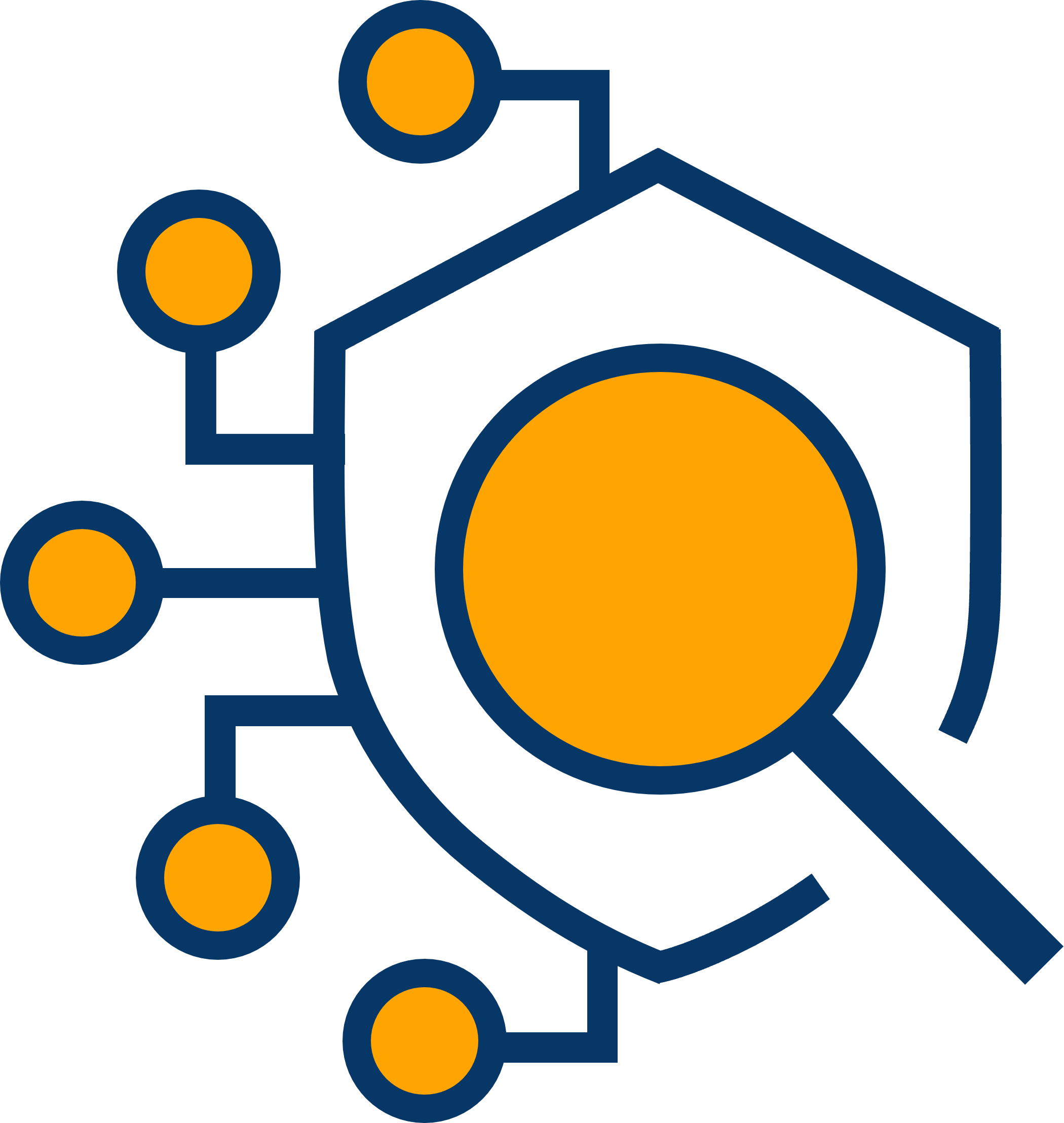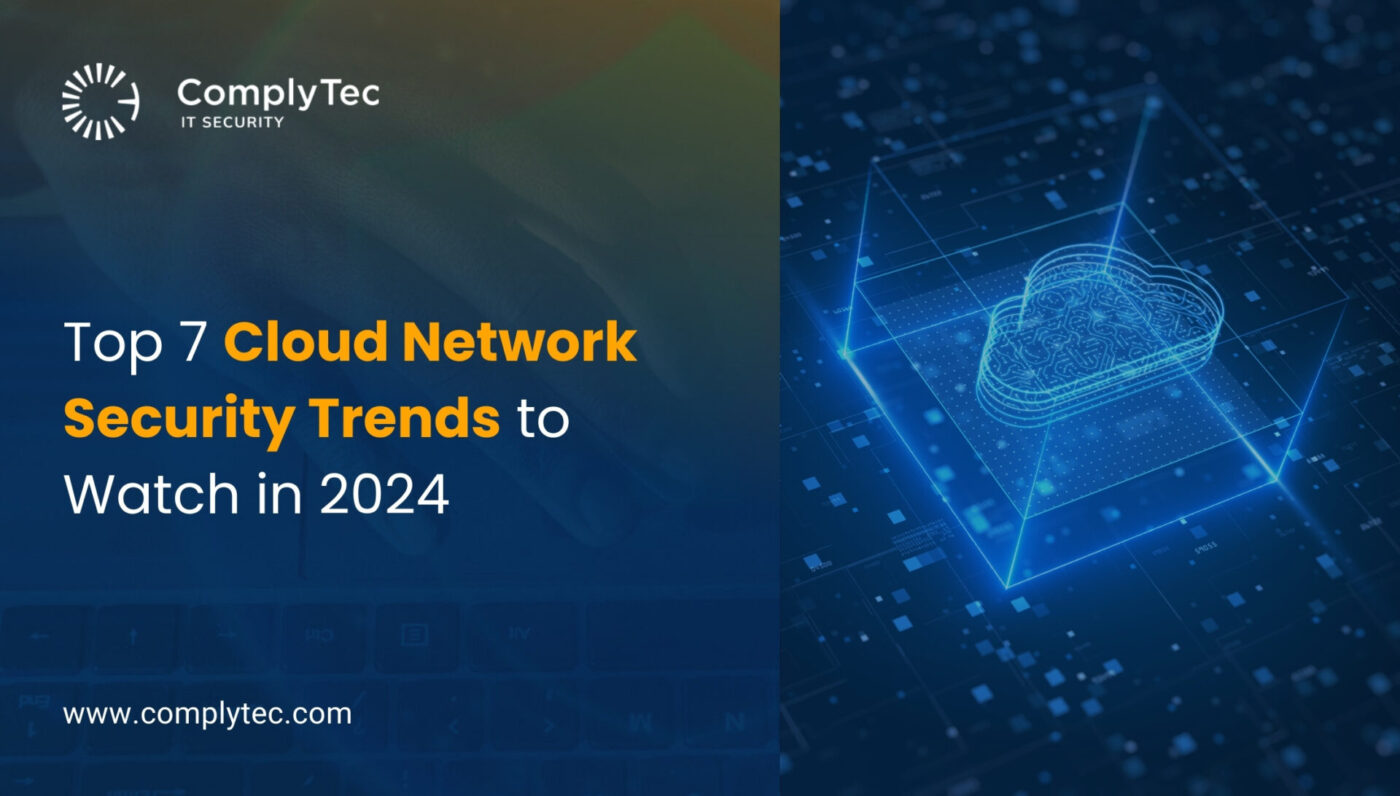According to Gartner, worldwide end-user spending on public cloud services is forecast to grow 20.4% to $675.4 billion in 2024. Most organizations are leaning towards cloud infrastructure and applications due to their benefits. However, most organizations are also concerned about the magnitude of cloud security risks.
About 61% of the organizations have experienced cloud security attacks over the past 12 months, a significant increase from 24% in 2023. These statistics highlight the alarming need for cloud network security. Let us explore the recent cloud network security trends organizations must look for in 2024.
Top Cloud Security Trends 2024
A recent report revealed that about 41% of organizations cited that a lack of cloud security awareness among employees hinders them from effectively protecting their cloud assets. Organizations can proactively prepare their employees for the future of cloud security with the following cloud security trends:
Automation of Cloud Security Tools (AI and ML)
With the rise and sophisticated nature of cloud security breaches, traditional cloud security measures are not enough. Automated cloud security tools powered by AI and ML algorithms are emerging as powerful tools to reduce the impact of these attacks. These tools help mitigate and remediate cloud security vulnerabilities in the following manner:
- Threat Detection: AI and ML-powered tools monitor user activity by tapping into data logs and analyzing large datasets to detect suspicious activity or unauthorized access. These tools immediately alert security teams, enabling them to initiate remediation efforts and helping organizations avoid potential cloud security attacks.
- Threat Response: AI-powered cloud security tools automatically remediate the threat’s impact by applying patches, isolating affected systems or applications, or revoking access from unauthorized users. With automated remediation, organizations’ security teams can prioritize business-critical tasks.
With 78% of companies assessing cloud security through automation, these automated cloud security tools have become a trend to look out for in 2024.
Encryption of Cloud Data
The core principle of an organizational-wide cloud security strategy is to protect cloud assets that contain sensitive information. A recent trend in cloud security is confidential computing, which enables end-to-end data encryption when data is in use, transit, or idle. With confidential computing, organizations can transfer sensitive data to cloud environments without fearing data misuse or loss. It also ensures that organizations comply with data privacy laws, such as GDPR and HIPAA. Moreover, confidential computing allows organizations to collaborate with their partners while protecting and safeguarding their sensitive data.
Cloud Identity and Access Management (IAM)
Another recent trend in cloud data security is identity and access management. With IAM, organizations can monitor their cloud identities by controlling who can access them. It prevents unauthorized access by employing the Principle of Least Privilege (PoLP), granting users or employees limited access necessary for their tasks.
Moreover, organizations also utilize IAM enhancements to protect their cloud identities and assets. One such enhancement is analyzing user and entity behavior analytics that help detect anomalies or suspicious user behavior. Other IAM trends include adaptive access controls, which update privileges to cloud identities based on user behavior and the risks they might pose. It can also completely revoke access to reduce the organization’s attack surface.
Evolution of Cloud Native Application Protection Platforms (CNAPP)
The global Cloud-Native Application Protection Platform (CNAPP) market is expected to reach $21.2 billion by 2028. The rise of CNAPPs is also an emerging cloud network security trend. Most organizations deploy cloud-based security tools and solutions that operate independently to enhance their security posture.
The emergence of cloud-native application protection platforms (CNAPPs) is to offer a unified cloud security solution for organizations looking for enterprise cloud security and cloud-native protection. Some of the cloud security functions and capabilities CNAPP integrates include cloud infrastructure entitlements management (CIEM), cloud detection and response (CDR), cloud security posture management (CSPM), and cloud workload protection platform (CWPP).
Implementation of Zero Trust Model
Most businesses traditionally relied on cybersecurity organizations that offer various security strategies, including perimeter-based security models, that protect business networks and prevent unauthorized access. With the rise of cloud deployment, the “Zero Trust” model is emerging as a cloud security trend. This model operates on the “trust no one, verify everything” principle. It includes verifying users, applications, and systems before granting them access to critical cloud assets. Most organizations implement this model across their cloud environments to monitor all the entry points and user behavior. This helps them identify and prevent any suspicious activity or anomalies, eventually mitigating the risk of cloud security breaches.
Integration of Security into Cloud Pipeline
When developing and deploying cloud applications, security is usually the afterthought. However, with rising cloud data security, an emerging trend is the integration of security measures during the development stage.
DevSecOps, or development, security, and operations, is a cloud security approach that enables the development, security, and operation teams to collaborate and continuously monitor an application’s development at various stages of its lifecycle to identify emerging vulnerabilities. It seamlessly integrates security measures within the cloud pipeline.
With DevSecOps, organizations can proactively monitor, detect, and mitigate cloud vulnerabilities. Moreover, organizations can streamline security processes across teams and enhance their overall cloud security posture.
Demand for Cloud Security Skills
With the sophisticated nature and the rising number of cloud security attacks, organizations need help tackling cloud security concerns despite engaging the service of a cloud service company. About 30% of organizations have cited the need for cloud security skills and expertise as a significant challenge.
Within this context, an emerging cloud security trend is the rising demand for cloud security skills. Organizations can bridge this gap by prioritizing security as their fundamental goal, offering security training programs for employees to cultivate a security awareness culture, and hiring expert cloud security professionals. Moreover, this demand may push organizations to partner with managed service providers providing IT security and cloud security.
Explore the Future of Cloud Security with ComplyTec!
ComplyTec is your organization’s trusted partner for cloud security management! We partner with your security team to develop cybersecurity solutions that strengthen protection against threats and vulnerabilities based on your organizational needs.
ComplyTec has provided IT solutions to various North American organizations, including Blue-chip companies and government agencies. We bring vulnerability management and cloud security expertise to your organization while enhancing its operational efficiency.
Enhance your organization’s cloud security measures with ComplyTec today!
Contact Us
FAQs
1. What is the future of cloud security?
The future of cloud security will involve continuous innovation and adaptation to safeguard data within the cloud infrastructure. This will help organizations overcome complex cloud security risks, challenges, and threats. As more businesses migrate to the cloud, there is an increasing focus on advanced security measures.
Some emerging trends include automated cloud security tools to enhance threat detection and response, zero-trust security models to minimize cloud security risks, deployment of identity access management within cloud environments, data encryption techniques, implementation of CNAPP, and the dire need for cloud security skills.
2. Are cloud security careers high-paying?
Cloud security careers are high-paying due to the increasing demand for skilled professionals who can protect cloud-based assets. With the rise in cyber threats and the widespread adoption of cloud technologies, organizations are willing to invest significantly in cloud security expertise. Some typical job roles, such as Cloud Security Engineer, Cloud Security Architect, and Cloud Security Consultant, offer competitive salaries.
3. What is CNAPP?
CNAPP stands for Cloud-Native Application Protection Platform. It is a security solution that assists in protecting applications within cloud-native architectures. CNAPPs integrate various cloud security capabilities into a unified platform, including workload protection, configuration management, vulnerability management, and compliance monitoring.
4. What is IAM?
The term IAM stands for Identity and Access Management. It manages cloud identities and controls access to data and systems to ensure the right individuals have appropriate access to cloud assets. Some critical components of IAM include user authentication, authorization, and user lifecycle management.
IAM solutions help organizations enhance security, improve compliance, and streamline user access management by providing tools for role-based access control, multi-factor authentication, and automated adjustment of access controls based on user behavior.
5. What are cloud security best practices?
Some of the best practices of cloud security include:
- Implementing Strong Access Controls: To limit access to cloud resources, organizations must use multi-factor authentication, role-based access control, and the principle of least privilege.
- Encrypting Data: Organizations must encrypt data at rest and in transit to protect sensitive information from unauthorized access.
- Regularly Updating and Patching: Organizations must update all software, applications, and systems with the latest security patches to prevent exploitation of known vulnerabilities.
- Conducting Regular Security Audits: Organizations must perform frequent security audits to identify and mitigate potential cloud security risks.
- Establishing a Backup Strategy: To prevent data loss in a breach or outage, organizations must back up data regularly and ensure that backup processes are secure and reliable.
- Training and Awareness: Organizations must educate employees and stakeholders about the best practices for cloud security and the importance of adhering to security policies.
By following these practices, organizations can significantly enhance their cloud security posture and effectively protect their cloud-based assets.
Sources:
- Cloudthat
- TechRepublic
- Jaro Education
- Cask Government Services
- Esentire
- Astra
- N-iX
- Gartner
- Gartner
- Fortinet
- Amazon
- Wire19
- Geeks for Geeks



